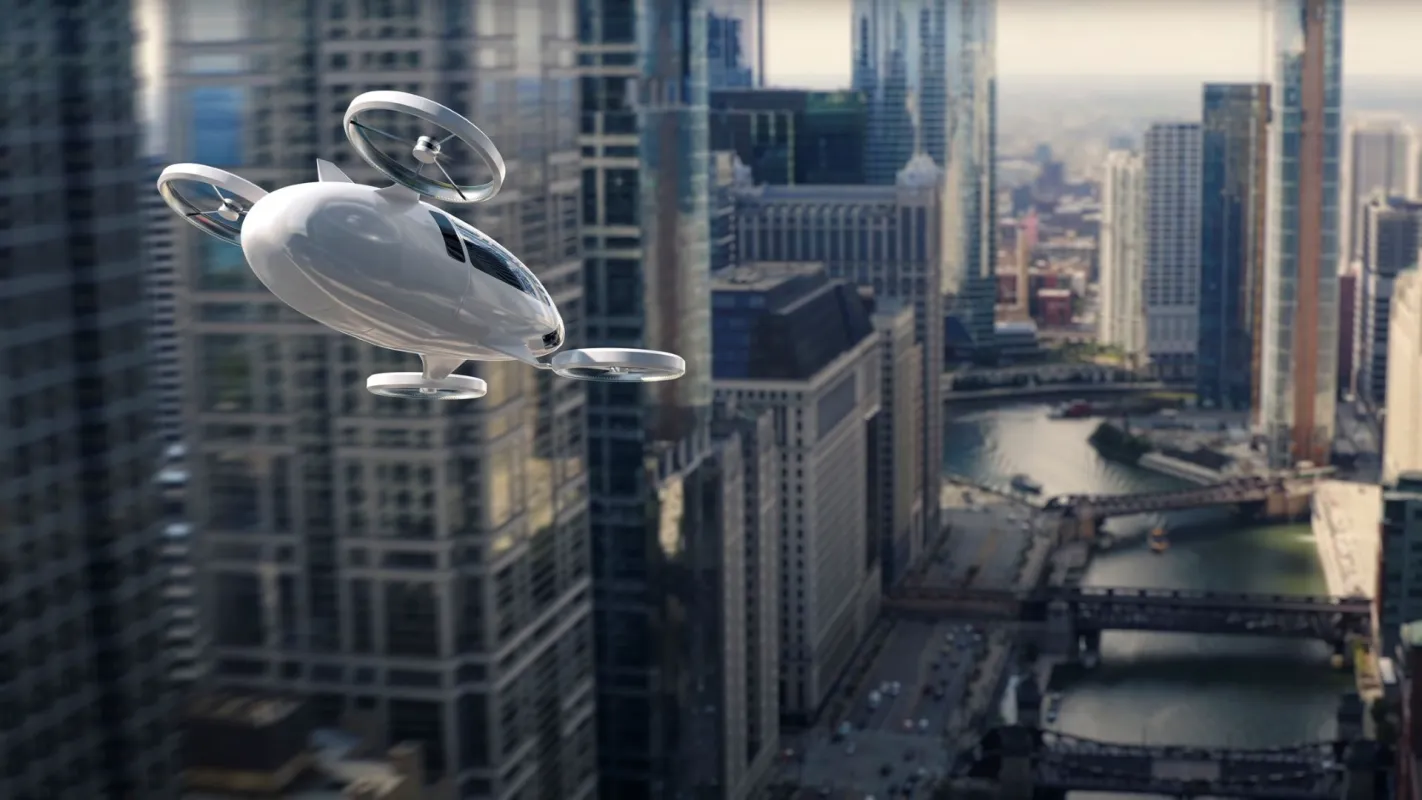
Cleaner transportation is headed to the skies, as researchers at Oak Ridge National Laboratory are working on new batteries for airborne electric vehicles.
Known as eVTOLs, for electric vertical takeoff and landing, these aircraft range in function from delivery drones to urban air taxis. They are designed to rise straight up in the air and take off like a helicopter while flying with wing-borne lift like an airplane.
To design the new battery, the team is developing new energy-dense materials and learning how they degrade under extreme conditions. They’re also developing battery control systems.
One thing the scientists have learned so far is that performance demands for eVTOLs can significantly reduce their longevity and durability.
Though they might just seem like flying EVs, eVTOLs can’t rely on the same batteries that power a Tesla Model Y or Chevy Bolt, the researchers say. That’s because EV batteries typically drain at a steady rate, while eVTOL batteries need varying amounts of power for different flight stages like climbing, hovering, and descent.
“We are trying to figure out the limitations of the battery chemistry we have now, and then tune the battery to bridge that gap,” ORNL lead researcher Marm Dixit said, per ScienceDaily.
New clean technologies like these eVTOLs can help us curb planet-warming pollution — globally, the transportation sector contributes 14% of all air pollution.
Reducing this pollution can help protect people and our food supply from climate-driven extreme weather events like hurricanes and droughts.
We are already seeing the effects of a warming world through prolonged droughts across the globe — in fact, nearly a quarter of people around the world lived under drought conditions in the past two years, according to a 2023 report. These dry conditions are having significant impacts on agricultural production, food security, and availability of drinking water.
Integrating more green technology into transportation will also help improve air quality. This is vitally important, as one study found that only 10 countries and territories out of 134 are meeting air-quality standards.
The current research is one of many strategies aimed at greening up air transport. For instance, a group of scientists is working on a new generation of biofuels to power planes that will contribute significantly less harmful pollution to the atmosphere.
Also, one startup is on its way to developing a hybrid electric airplane. Plus, a handful of major airlines — including American, Delta, and United — have pledged to achieve net-zero carbon pollution by 2050.
